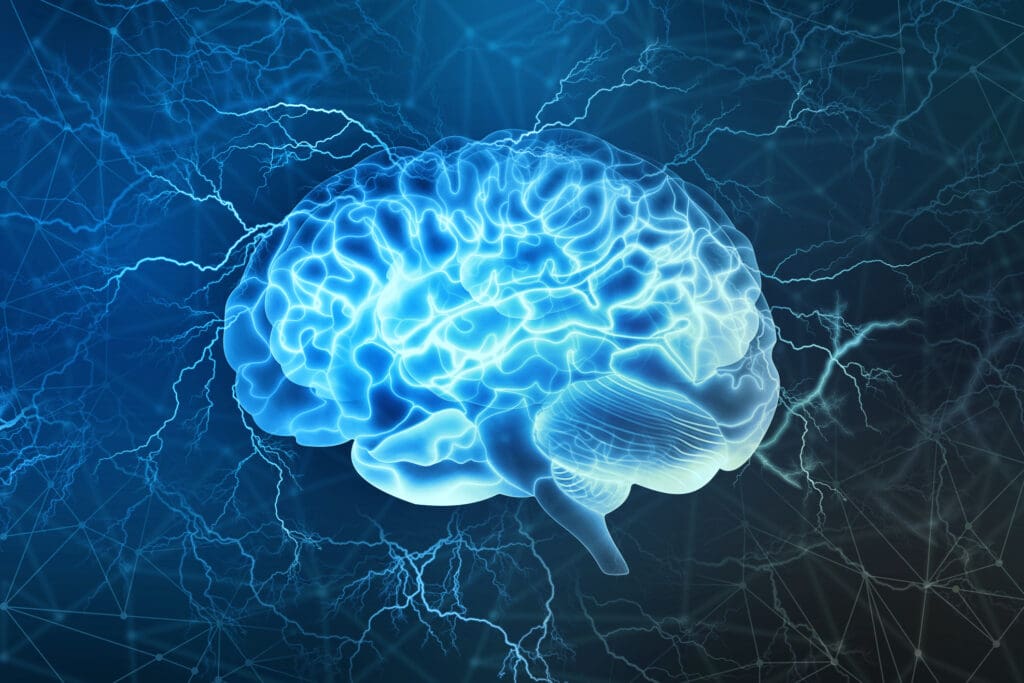
Examining the Role of rTMS in Modifying Brain Circuitry and Neuroplasticity
Repetitive Transcranial Magnetic Stimulation (rTMS) has emerged as a promising therapeutic tool in the field of neuroscience. This non-invasive procedure involves the use of magnetic fields to stimulate specific regions of the brain. Over the years, rTMS has garnered significant attention for its potential to modify brain circuitry and enhance neuroplasticity. We will delve into the mechanisms and applications of rTMS, exploring how it can influence brain function and foster neural adaptation.
Understanding rTMS
What is rTMS?
rTMS stands for Repetitive Transcranial Magnetic Stimulation, a non-surgical procedure used to stimulate neural activity in specific brain regions. It involves the use of a coil placed near the scalp to generate magnetic pulses. These pulses induce electrical currents in the targeted brain area, leading to changes in neural activity.
Mechanisms of Action
rTMS operates on the principles of electromagnetic induction. When the magnetic coil generates pulses, it creates electric fields within the brain. These fields can depolarize neurons, altering their firing patterns. The repetitive nature of the stimulation is crucial, as it can lead to lasting changes in synaptic strength and connectivity.
Modifying Brain Circuitry
Enhancing Connectivity
One of the primary effects of rTMS is its ability to enhance connectivity between brain regions. By stimulating specific areas, rTMS can strengthen the connections between neurons, promoting communication within neural networks.
Restoring Balance
In cases where brain circuitry is disrupted due to injury or neurological conditions, rTMS can help restore balance. It can encourage the activation of underactive regions and inhibit overactive ones, promoting overall neural harmony.
Fostering Neuroplasticity
What is Neuroplasticity?
Neuroplasticity refers to the brain’s ability to reorganize and adapt by forming new neural connections throughout life. It plays a fundamental role in learning, memory, and recovery from brain injuries.
rTMS and Neuroplasticity
rTMS can significantly impact neuroplasticity by promoting the formation of new neural pathways. It can facilitate the rewiring of the brain, allowing individuals to learn new skills, recover from injuries, and adapt to changing circumstances.
Applications of rTMS
Depression Treatment
rTMS has gained FDA approval for the treatment of major depressive disorder. By targeting specific brain regions associated with mood regulation, rTMS can alleviate symptoms of depression when other treatments prove ineffective.
Pain Management
Chronic pain conditions can be challenging to treat. rTMS offers a non-pharmacological approach to pain management by modulating pain-related brain circuits.
Repetitive Transcranial Magnetic Stimulation (rTMS) has emerged as a powerful tool for modifying brain circuitry and enhancing neuroplasticity. Through its mechanisms of action, rTMS can enhance connectivity, restore balance, and foster neural adaptation. This non-invasive procedure has found applications in treating depression and managing chronic pain, offering hope to individuals seeking alternative therapeutic options. As research in the field of rTMS continues to evolve, its potential for reshaping the landscape of neuroscience and neurological rehabilitation remains promising.
If you’re interested in exploring the possibilities of rTMS therapy and how it can benefit your brain health, contact our experienced team today. Discover the potential for enhancing your neural adaptation and well-being through the power of Repetitive Transcranial Magnetic Stimulation.
